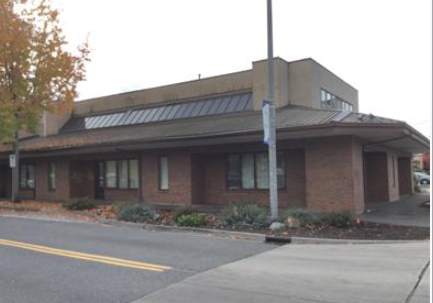Seattle Commercial Real Estate looks for information and articles to give an indication of where the multi-family market is going in Seattle. Consistently we have under-rated the seeming strength of this market and how this market segment is viewed on a national and international level. The latest dose of reality was the sale of a downtown hi-rise for a price of $861,7655 per unit! To better understand this market, we would be well served by looking at significant factors like remote working. The remote workers are generally related to the technical businesses like Amazon, Meta, etc. The “gift” of Covid is the historical dynamic of remote working. It is now not uncommon for an employee in Redmond to work for a company in Colorado or for the highly paid tech worker in a Capitol Hill apartment complex in Seattle to have an office downtown, or Bellevue, or Redmond.
Young Tech Workers Prefer Seattle
82% of employees surveyed say that having a remote work option at least part time would improve their mental health and 75% say that having this as a work option could be a material consideration for staying with their current employer. Rent.com’s study showed Seattle to be the top city for young professionals in their 20s to 30s. Charleston, San Francisco, and Denver all trailed. Wages are another consideration and Seattle only trails Silicon Valley in tech wages according to a study from Dice, which is a platform that connects tech workers and employers and, we do not have a state income tax.
Living in Seattle is about more than jobs
The dynamics of Seattle multi-family is more than a function of jobs. It also requires a safe place to work. The lifting of the mask mandate and social interaction are dynamics that go to the quality of life for a worker. Seattle’s retail street scene has long been driven by its food industry which is acknowledged as unique and diverse on a national level. There is the Music Scene, parks, water, mountains and more, all relating to the push for safety.
The reality of multi-family housing projects in Seattle
On the other hand are the “costs” of development. In Seattle today, the lead time for approval of a project is at least two years. That inevitably means that the ability of the multi-family industry to respond to demand in the market-place with supply, is never in equilibrium. With the concrete workers strike and material shortages, it becomes easier to understand why Seattle’s multi-family industry is a huge target for institutional investors.
The way forward for “Affordable Housing”
At this same time the push is for “Affordable” housing to bring closer to the centers of employment the very people who work in support of retail, tourism, and the everyday life of a vibrant and dynamic city. The solutions proposed by Seattle’s government have no ability to react in a timely fashion. City backed construction cannot be done at a cost competitive to private industry. In that sense it is not a realistic approach in the opinion of the professionals of Seattle Commercial Real Estate. Tax incentives and density incentives are part of the solution. There is an interesting side story to Seattle’s housing industry.
The short answer for Seattle is that multi-family is strong and will likely continue to be strong. What cannot be predicted are the national and international implications. What can clearly be predicted is inflation and that clearly drives the desire to acquire multi-family by institutional investors in Seattle.




